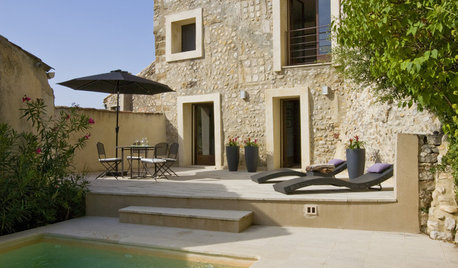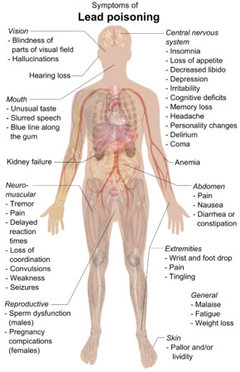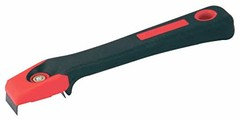Stripping 100 year old paint
CEFreeman_GW DC/MD Burbs 7b/8a
5 years ago
Featured Answer
Sort by:Oldest
Comments (23)
CEFreeman_GW DC/MD Burbs 7b/8a
5 years agoRelated Professionals
Dayton Painters · Lawrenceville Painters · Apollo Beach Painters · Genesee Painters · Lawndale Painters · Midlothian Painters · Pepper Pike Painters · South Riding Painters · Sugarland Run Painters · Newcastle Cabinets & Cabinetry · Beaumont Flooring Contractors · Kalamazoo Flooring Contractors · Lewisville Flooring Contractors · East Peoria Kitchen & Bathroom Designers · Providence Architects & Building DesignersSombreuil
5 years agoCEFreeman_GW DC/MD Burbs 7b/8a
5 years agomainenell
5 years agorwiegand
5 years agoCEFreeman_GW DC/MD Burbs 7b/8a
5 years agoSombreuil
5 years agokats737
5 years agoCEFreeman_GW DC/MD Burbs 7b/8a
5 years agopalimpsest
5 years agolast modified: 5 years agoCEFreeman_GW DC/MD Burbs 7b/8a
5 years agoUser
5 years agolast modified: 5 years agoCEFreeman_GW DC/MD Burbs 7b/8a
5 years agoLyndee Lee
5 years agopalimpsest
5 years agosloyder
5 years agoSombreuil
5 years agoDebbie Downer
5 years agolast modified: 5 years agokats737
5 years agosloyder
5 years agosacto_diane
5 years agoCEFreeman_GW DC/MD Burbs 7b/8a
5 years agolast modified: 5 years ago
Related Stories

BASEMENTSRoom of the Day: Swank Basement Redo for a 100-Year-Old Row House
A downtown Knoxville basement goes from low-ceilinged cave to welcoming guest retreat
Full Story
VACATION HOMESHouzz Tour: New Lake House Looks Like It’s Been There 100 Years
Simple detailing and careful design create a classic cottage loaded with charm in Minnesota
Full Story
DIY PROJECTSDining Set Makeover: Paint and Tea-Tinted Fabric Make Old Chairs New
Reclaim dated dining chairs for far less than buying new, using spray paint, modern fabric and a handful of tea bags
Full Story
KIDS’ SPACESThis Designer’s Client Was Her 10-Year-Old Son
What do you give a boy with a too-babyish bedroom when he’s approaching double digits? See for yourself
Full Story
UNIVERSAL DESIGNMy Houzz: Universal Design Helps an 8-Year-Old Feel at Home
An innovative sensory room, wide doors and hallways, and other thoughtful design moves make this Canadian home work for the whole family
Full Story
MODERN HOMESHouzz Tour: 800-Year-Old Walls, Modern Interiors in Provence
Old architecture and new additions mix beautifully in a luxurious renovated vacation home
Full Story
PAINTINGWhat to Know About Milk Paint and Chalk Paint — and How to Use Them
Learn the pros, cons, cost and more for these two easy-to-use paints that are great for giving furniture a vintage look
Full Story
HOUZZ CALLTell Us Your New Year’s Resolutions for Your Home
Share your plans and dreams for your house this year — whether they involve organizing, remodeling or redecorating
Full Story
KITCHEN DESIGNIdeas From the Year’s Top 10 Kitchens of the Week
Get inspired by the found objects, reclaimed hardware, efficient storage and work zones in our top kitchens of 2016
Full Story
KITCHEN DESIGNGet Ideas From This Year’s Top 20 Kitchen Tours
Smart storage, functionality for cooks and families, vintage touches and lots of personality mark your favorites of 2015
Full Story











User